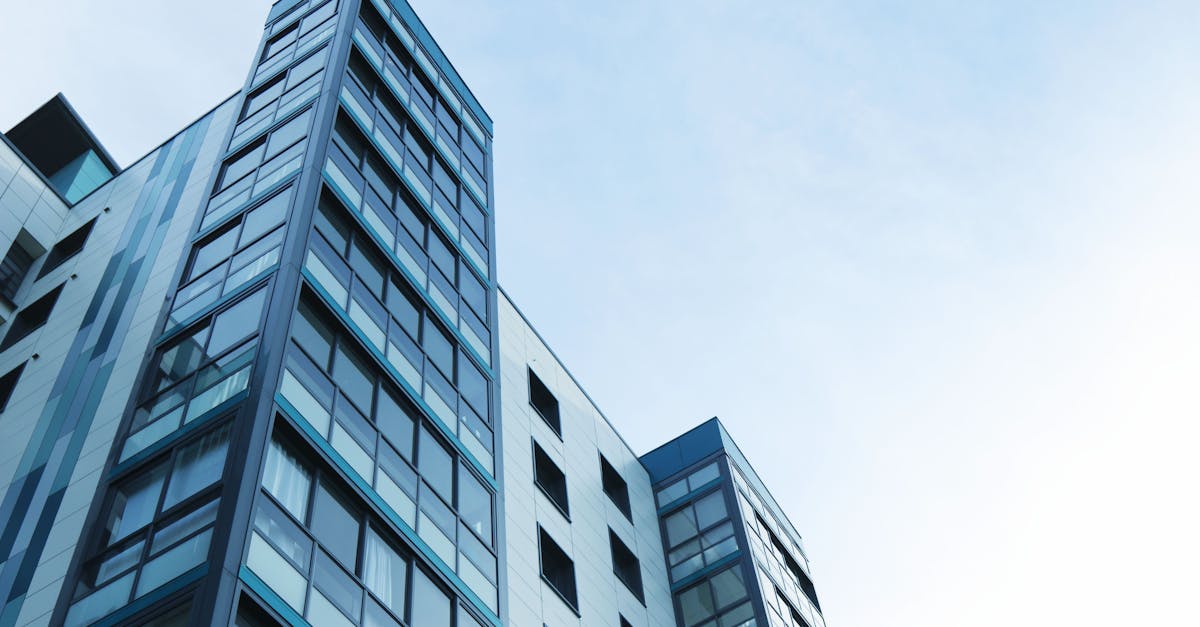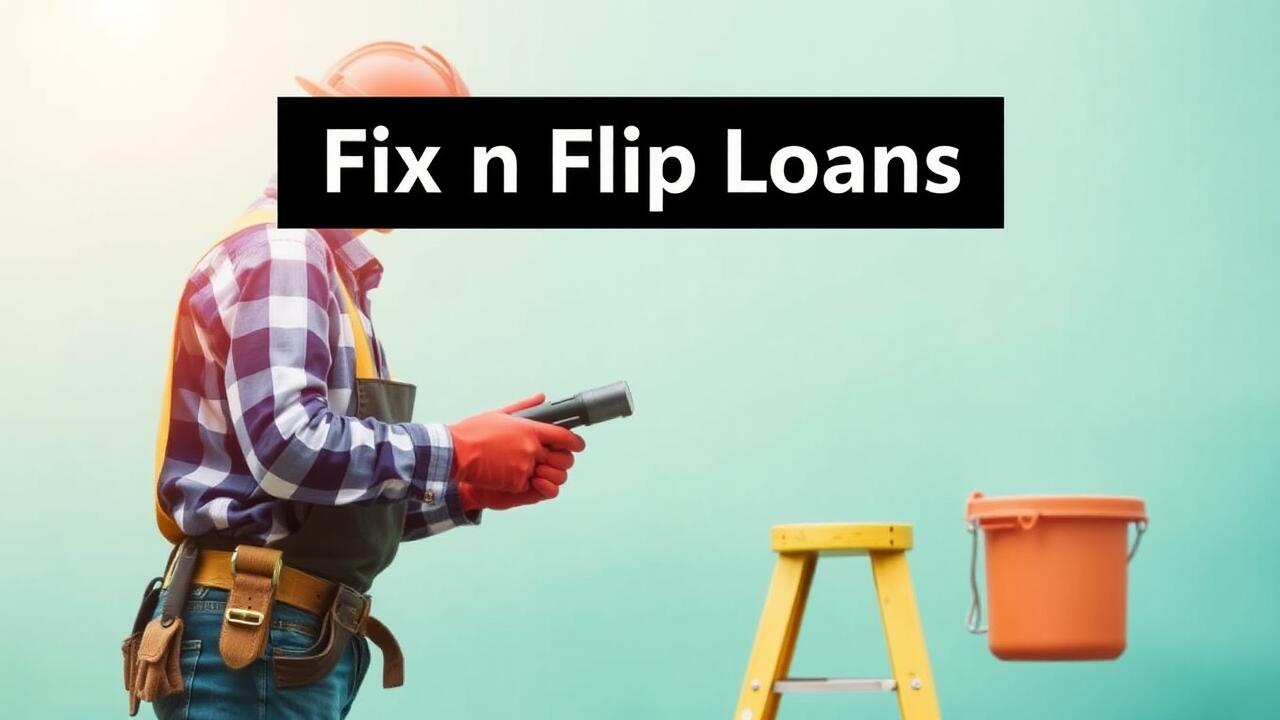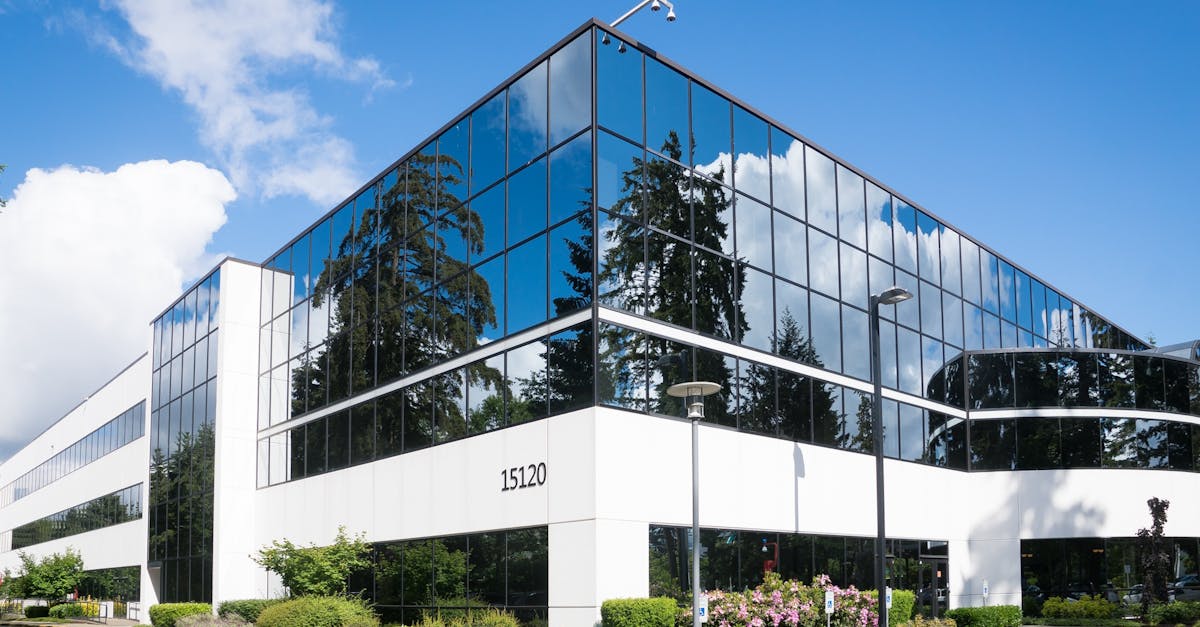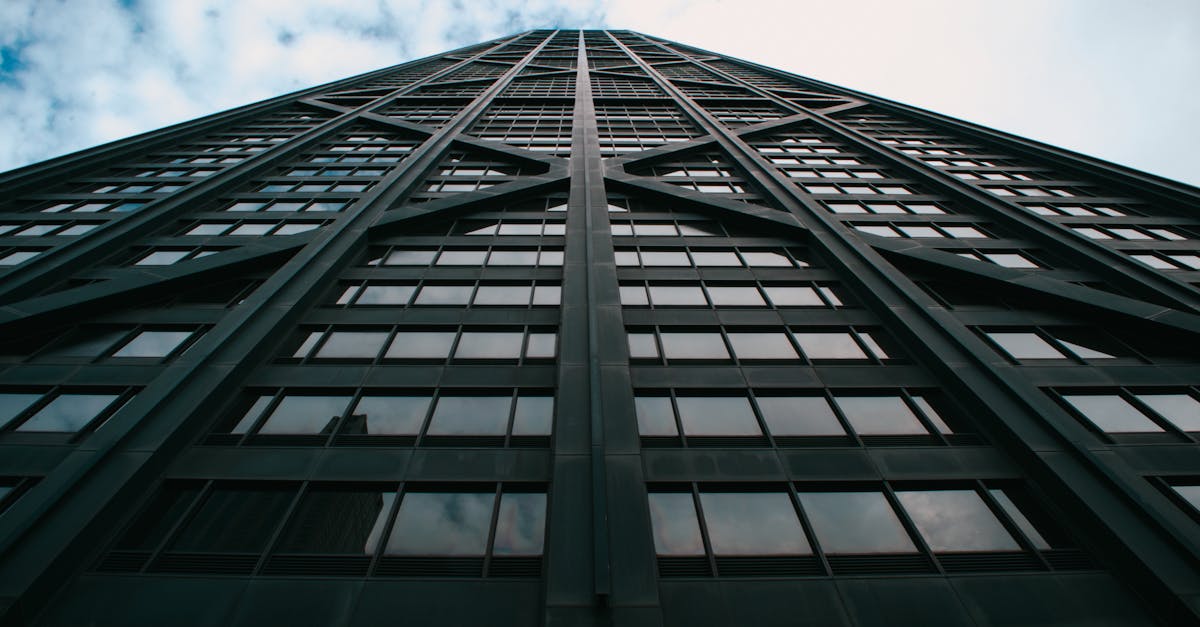
Table Of Contents
Risks Associated with Fix and Flip Loans
Investing in fix and flip loans can be lucrative, but it carries several risks that investors must consider. Market fluctuations can drastically affect property values, potentially leading to lower-than-expected returns. An unexpected downturn in the housing market might leave investors with properties that take longer to sell or require additional capital to maintain, further straining their financial resources.
Another significant risk involves the renovation process itself. Underestimating costs or encountering unforeseen repairs can create budget overruns, eating into profits. Poor project management can lead to delays, which in turn may increase holding costs and disrupt the anticipated timeline for a return on investment. These factors underscore the importance of thorough planning and accurate budgeting when engaging in fix n flip loans.
Market Volatility Considerations
Investing in real estate through Fix n Flip Loans can be significantly impacted by market volatility. Fluctuations in home prices can alter profitability and project timelines. An unexpected downturn may lead to properties taking longer to sell, reducing cash flow and increasing holding costs. This scenario emphasizes the importance of conducting thorough market research prior to committing to any project. Understanding local trends helps investors anticipate potential risks associated with rapid changes in the housing market.
Additionally, interest rates may also be influenced by broader economic conditions. Lenders adjust their offers based on risk assessments that reflect current market scenarios. In a volatile environment, interest rates can become higher than usual, reflecting lenders' concerns about potential defaults. Borrowers need to monitor economic indicators that can signal changes in the market. Being proactive in understanding these factors can provide investors with a strategic advantage when seeking Fix n Flip Loans.
How to Secure the Best Interest Rates
Securing the best interest rates for Fix n Flip Loans often begins with a solid credit score. Lenders typically favor borrowers with strong credit histories, as this reflects reliability and an ability to repay. It’s advantageous to review your credit report beforehand, addressing any inaccuracies or outstanding issues. Additionally, maintaining low credit utilization and making timely payments can positively impact your score, making you an attractive candidate for better rates.
Another critical factor is the down payment amount. A larger down payment can reduce the perceived risk for lenders, leading to potentially lower interest rates. Typically, borrowers who can put down 20% or more may find themselves in a position to negotiate better terms. Furthermore, having a well-prepared business plan showcasing the scope of the project and projected returns can enhance credibility. This not only shows commitment but also helps in securing more favorable lending conditions.
Tips for Improving Your Loan Application
To improve your loan application for Fix n Flip Loans, it is vital to maintain a strong credit profile. Lenders assess your credit score as a key factor in determining your eligibility and the interest rates offered. Paying down existing debts and ensuring timely payments on credit accounts can significantly enhance your score. Additionally, showing a solid history in real estate investments demonstrates your capability, which can create positive impressions with lenders.
Providing detailed financial documentation can further bolster your loan application. Present a clear budget for the renovation project, showing estimated costs, potential resale value, and expected timelines. This level of preparation showcases your commitment and knowledge, which lenders appreciate. It's also beneficial to include any prior successful flipping experiences or relevant qualifications, as these help establish credibility and confidence in your ability to execute the project effectively.
Comparing Lender Offers
When comparing lender offers for Fix n Flip Loans, it is essential to evaluate a variety of factors that can significantly impact the overall cost of borrowing. Interest rates will vary from lender to lender based on numerous elements, including your credit score, the condition of the property, and the length of the loan term. Understanding these variables allows borrowers to assess which offers might provide the best financial outcome and align with their investment goals.
Additionally, potential borrowers should scrutinize the terms and conditions associated with each loan offer. This includes not just the interest rate but also fees related to origination, early repayment, and other closing costs. By carefully analyzing these factors, investors can make informed decisions that help maximize their investment returns while minimizing unnecessary expenses associated with their Fix n Flip Loans.
Key Terms to Evaluate
When evaluating offers for Fix n Flip Loans, it is essential to consider the interest rate itself. A lower interest rate can significantly reduce the overall cost of the loan, impacting your potential profitability during the flipping process. Additionally, examine the loan term, as a shorter term may lead to higher monthly payments but can allow you to pay off the loan quicker, potentially saving on interest accumulated over a longer period.
Another important aspect is the loan-to-value (LTV) ratio, which indicates the maximum amount a lender is willing to issue compared to the property’s current value. Different lenders may have varying LTV caps for Fix n Flip Loans, influencing how much capital you can access for your project. Closing costs also deserve attention since they can vary widely, impacting your upfront investment and cash flow during the renovation phase. Understanding these key terms positions you to make informed decisions when navigating the lending landscape.
FAQS
What are fix and flip loans?
Fix and flip loans are short-term financing options specifically designed for real estate investors who purchase properties with the intention of renovating and quickly reselling them for profit.
How do interest rates for fix and flip loans compare to traditional mortgage rates?
Interest rates for fix and flip loans are typically higher than traditional mortgage rates due to the short-term nature of the loans and the increased risk involved for lenders.
What factors influence the interest rates for fix and flip loans?
Interest rates for fix and flip loans can be influenced by several factors, including the borrower’s credit score, the loan-to-value ratio, the property’s location, and overall market conditions.
Can I negotiate the interest rates on fix and flip loans?
Yes, borrowers can often negotiate interest rates with lenders, especially if they have a strong credit history or a proven track record in real estate investment.
How can I secure a lower interest rate for my fix and flip loan?
To secure a lower interest rate, borrowers can work on improving their credit score, provide a detailed business plan, shop around for multiple lender offers, and demonstrate experience in real estate investing.




